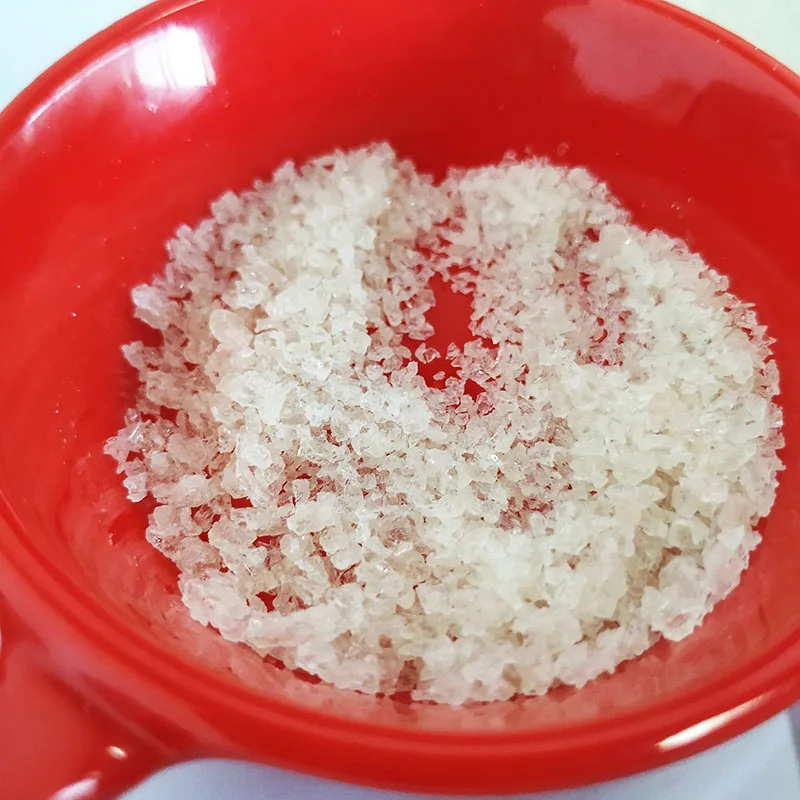

It is added in the last 10-15 minutes of the boil to aid in coagulation and precipitation of proteins during the cold break. Irish moss is a dried additive derived from seaweed.

Care must be taken when adding these finings as the large molecules can create an effect called “nucleation” which releases carbon dioxide stored in the beer, and can lead to a gush of rapid foaming. Finings added in the fermenter are usually added 4-5 days before bottling or racking the beer to give the fining time to precipitate yeasts and proteins and keep these out of the finished bottle or keg. These include chillguard, gelatin, isinglass and polyclar.įor boiled finings, often called “copper finings”, these should be added in the last 10-15 minutes of the boil, as boiling them longer often reduces their effectiveness. Finings for the fermenter are added a few days before bottling or racking to precipitate yeast, proteins and polyphenols. Irish moss and whirlfloc tablets are used at the end of the boil, primarily to precipitate proteins during the cold break. A fourth cause of haze is microbiological contamination from infection, but finings will do little to help mitigate infection – so cleanliness at every stage is still important.įinings may be added either at the end of the boil or in the fermenter. The three haze producing contaminants affected by finings are: suspended yeast, proteins from the malt, and polyphenols which can come from both hops and malt. These charged molecules attach themselves to negatively charged contaminants and then precipitate them out of the finished beer – helping these contaminants rapidly settle to the bottom of the fermenter. A fining agent is a compound added to beer to aid in precipitating and binding with compounds that reduce clarity.įining agents generally have large molecules that are positively charged.

This week we zero in on one particular technique – the addition of fining agents. I previously covered a range of techniques to help clear your beer in our article on clarity. Fining agents added at the end of your boil step or later in the fermenter can help to rapidly clear your beer. Follow clarity of homebrewed beer is cherished for many beer styles.


 0 kommentar(er)
0 kommentar(er)
